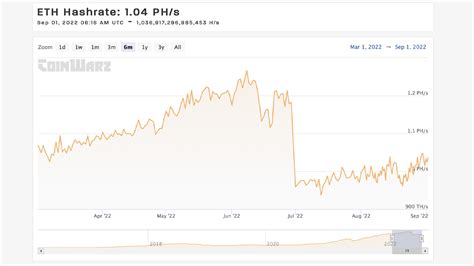HASHRATE requirements for mining one block per day in Ethereum
Ethereum, a decentralized blockchain platform, requires new blocks and maintaining network safety and maintaining network safety. Although it may seem scary to imagine mining one block a day, the reality is that even experienced miners are trying to achieve this performance today’s technology. In this article, we examine the hash requirements to benefit one block a day in Ethereum.
Hashrat requirements
If you want to calculate the necessary hashpower, consider some factors:
* HASH ETHERUM Council

: The average transaction rate in the Ethereum network is about 15 to 20 transactions per second (TPS). This is reflected in approximately 30 million TPS.
* Block time : Creating a block takes about 10 minutes and each block contains 1,000 bytes of data. This means that about 3,500,000 transactions are processed in one block.
* Required hashpower : To calculate the necessary hashpower, we need to divide the total number of transactions into a block (approximately 3,500,000) with an average transaction time (10 minutes).
* Hashrate requirements
: Based on this calculation, Ethereum requires about 350-400 th/s (Tera-Hash per second) to mining one block.
Mining of block per day
Even experienced miners would need a huge amount of computational force to achieve this hashpower level. Here are a few estimates:
* GPU -based mining: The use of high -performance graph processing units (GPU), which can deal with thousands of calculations per second, is the most effective way to extract Ethereum.
* ASIC-based extraction: Specific application circuits (ASIC) designed specifically for cryptocurrency mining have shown that they can produce about 50-100 th/with a significant amount of electricity.
* Hybrid mining : The combination of GPU and Asics can provide a good balance between power and power consumption.
Calls and Restrictions
Although theoretically it is possible to benefit the block daily, there are several challenges and limitations to be considered:
* Price : The cost of electricity is significantly lower for mining than using individual computers or high -performance servers.
* Energy consumption : Mining consumes a significant amount of energy, which can lead to lack of energy and cost increase.
* Energy efficiency : Modern GPU -based mining systems are highly efficient and require minimal additional energy.
Conclusion
Mining a single block per day in Ethereum is an extremely demanding task that requires significant computational power. Although experienced miners can achieve this, it is necessary to consider the challenges and restrictions associated with obtaining such a high hash requirement. As the demand for computing energy is constantly increasing, we can expect the cost of mining to be reduced, which is more viable to participate in the Ethereum network for individual users.